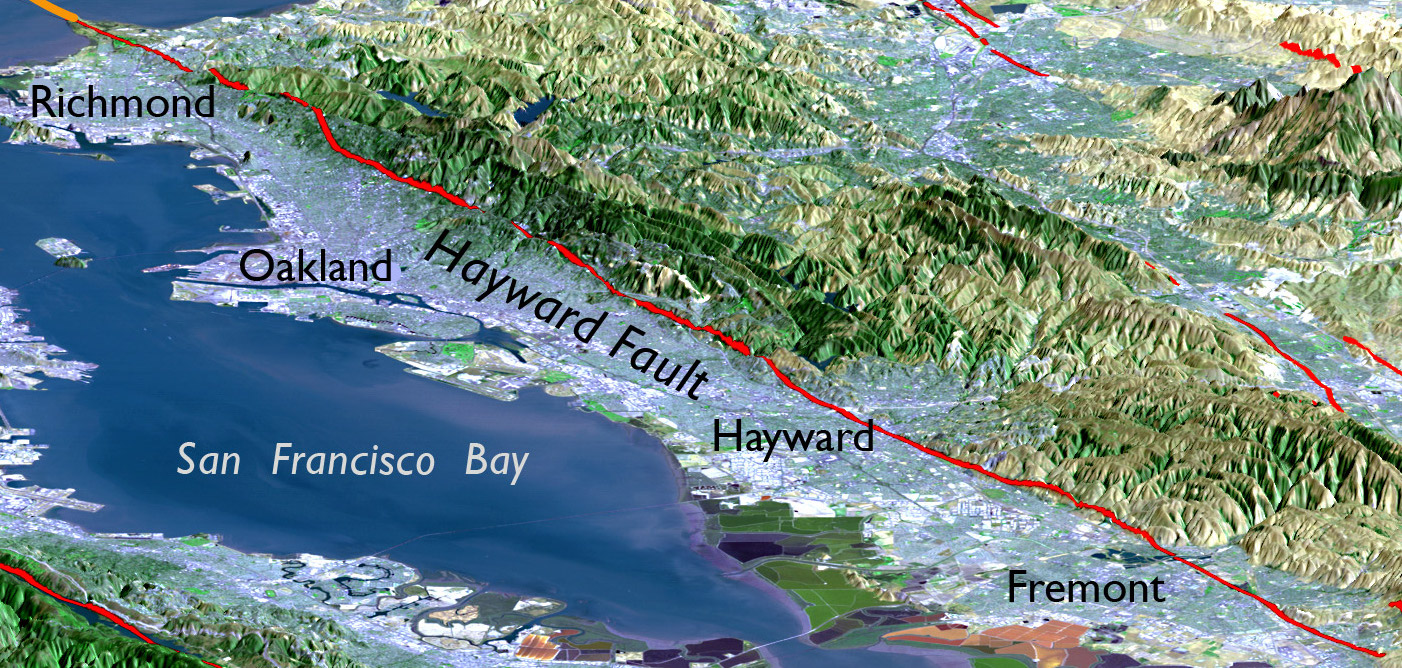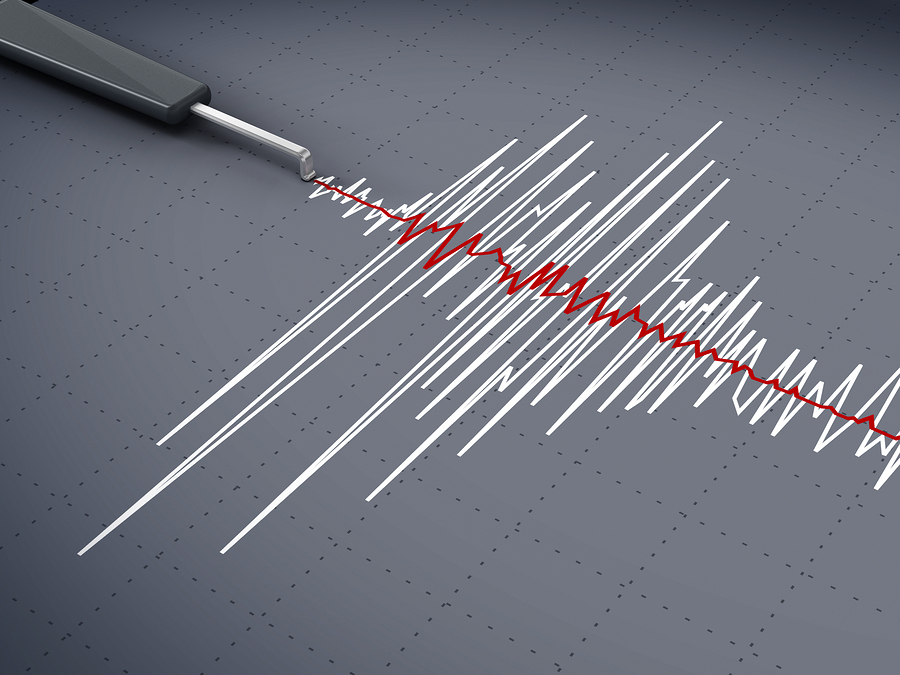Gary Wong is Director of Applications Engineering at Instor Solutions.
Of all the natural disasters that can affect data centers, earthquakes are among the most damaging. Given the data center industry’s continued growth and expansion throughout California, these potentially catastrophic events are always top of mind for data center owners and operators.
With the passing of the 27th anniversary of the 6.9-magnitude Loma Prieta earthquake, centered within 10 miles of Santa Cruz, now is the time for data centers across California and other areas prone to seismic activity to reevaluate their earthquake disaster strategies and look at the availability of proactive protection plans.
Across the world, there are an estimated 500,000 detectable earthquakes each year; 10,000 in the area of Southern California alone. These sobering facts lead to some important questions: If an earthquake like the Loma Prieta were to strike again, how are data centers better protected now than 27 years ago? What would the projected loss be to your company and customers if a major earthquake hit? What is your company doing to protect the valuable data and physical assets in your facility?
Earthquake damage can be particularly devastating to the data center industry for a variety of reasons. Going beyond the health and safety of its staff, the loss of uptime resulting from an earthquake can be financially devastating. If a seismic event occurs and the facility is unprotected, the physical damage to servers and IT equipment can also be beyond repair. This combination of loss of equipment and downtime for clients will likely result in the loss of the business in its entirety.
While we have yet to develop the technology to accurately predict where and when an earthquake will take place, there are precautions that owners and operators can take to help protect data centers from substantial earthquake damage. Whether planning a new build or retrofitting an existing facility, these forms of seismic planning should be a priority.
Read More










